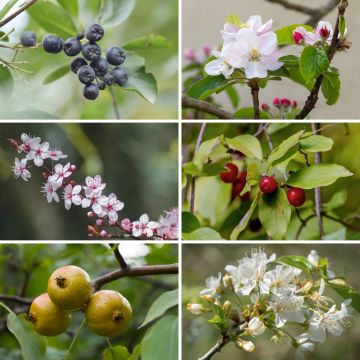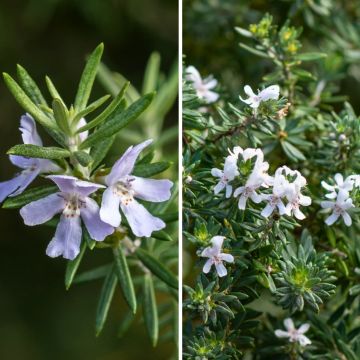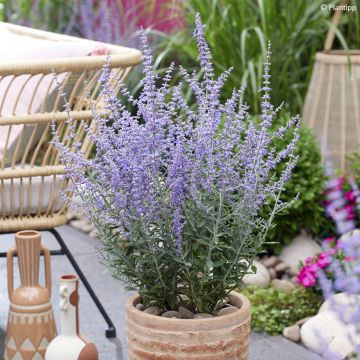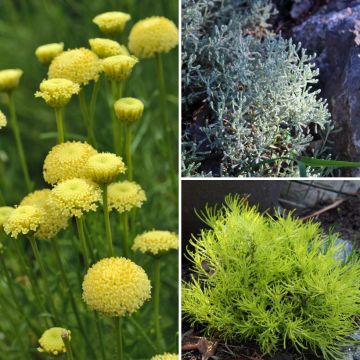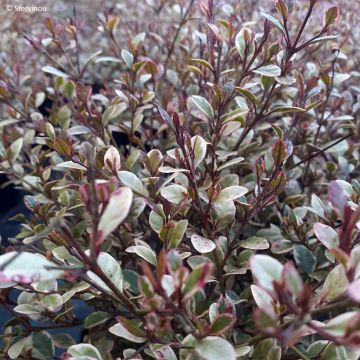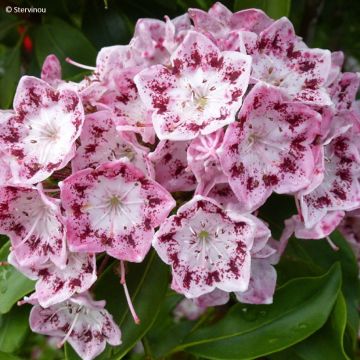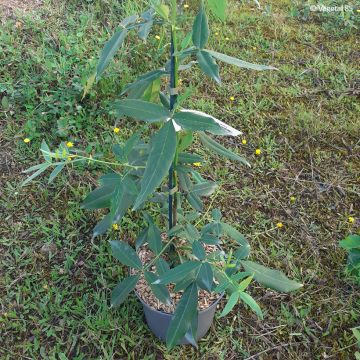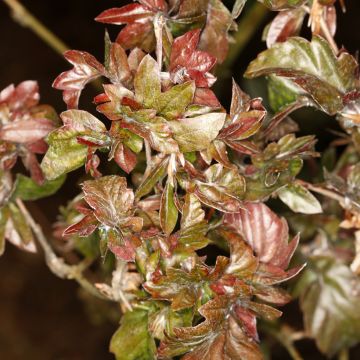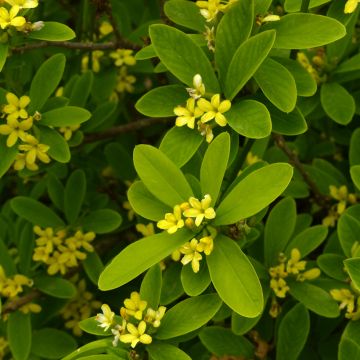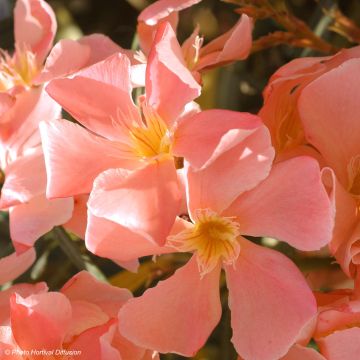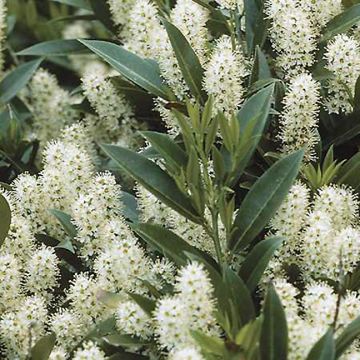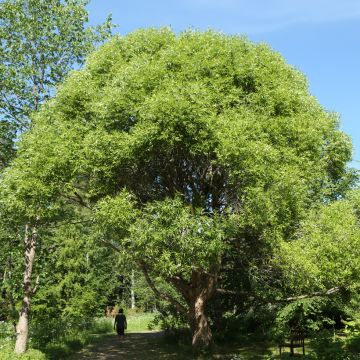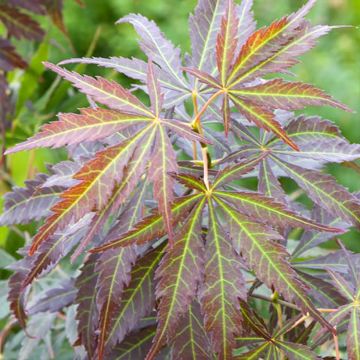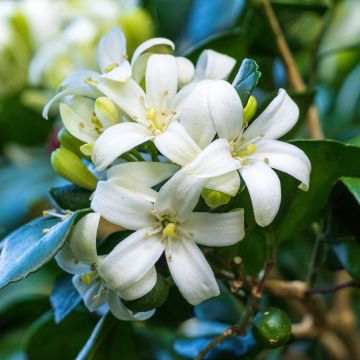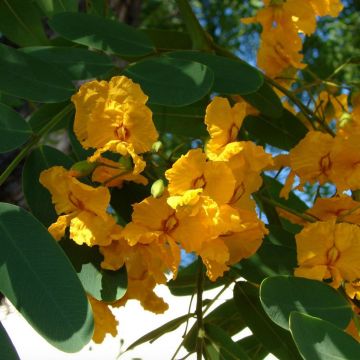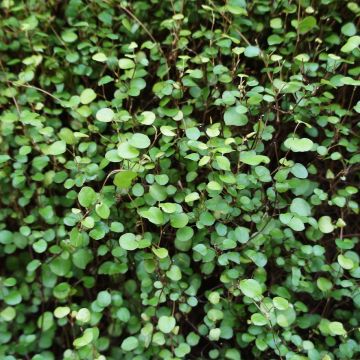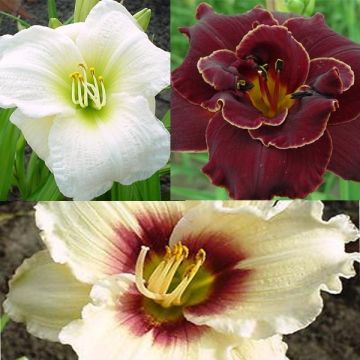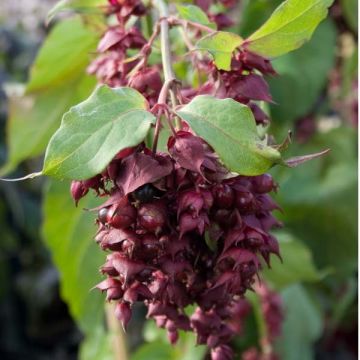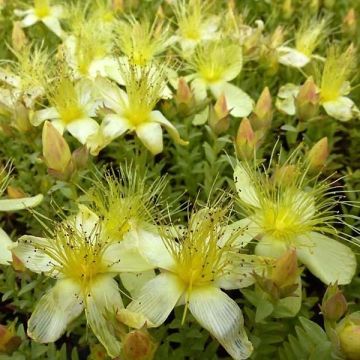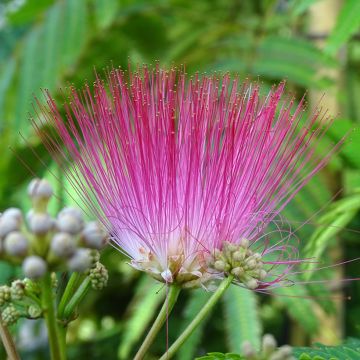

Lantana montevidensis Mauve - Lantanier rampant.
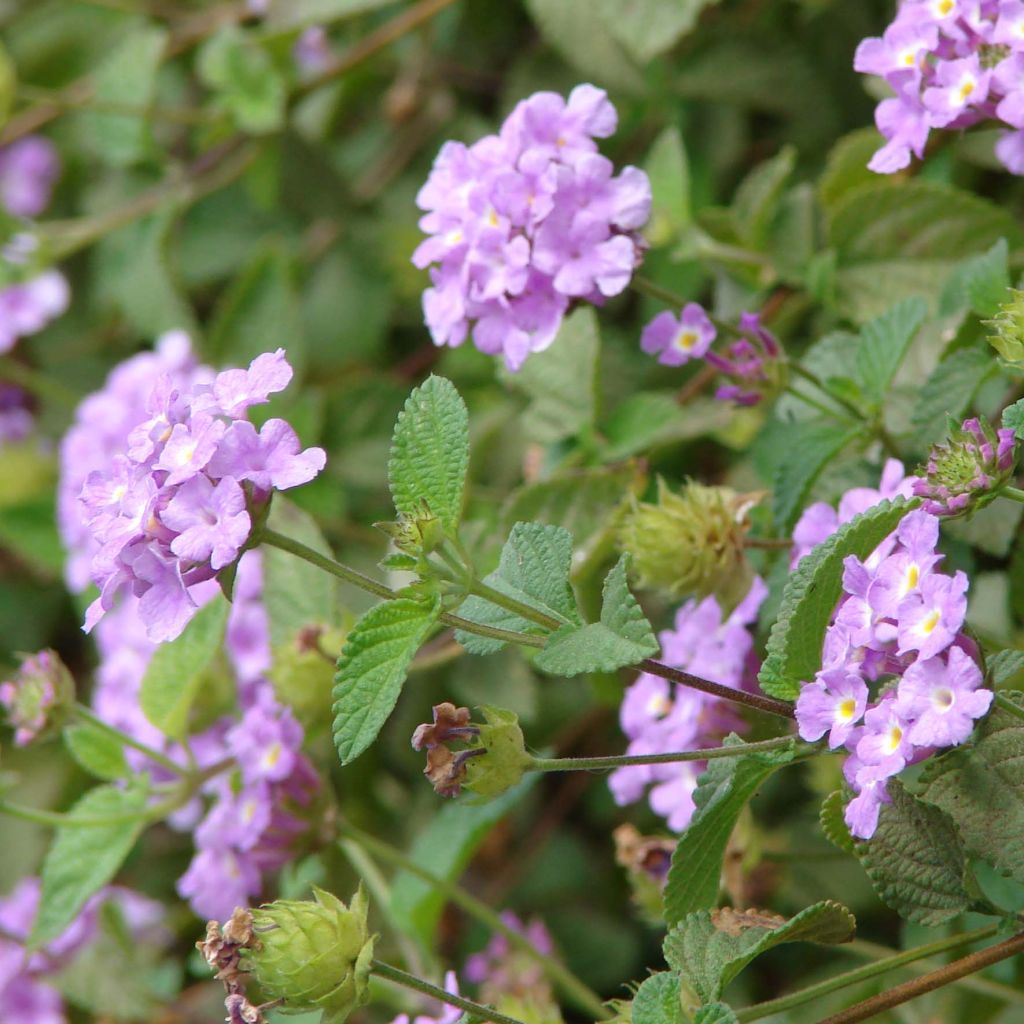

Lantana montevidensis Mauve - Lantanier rampant.
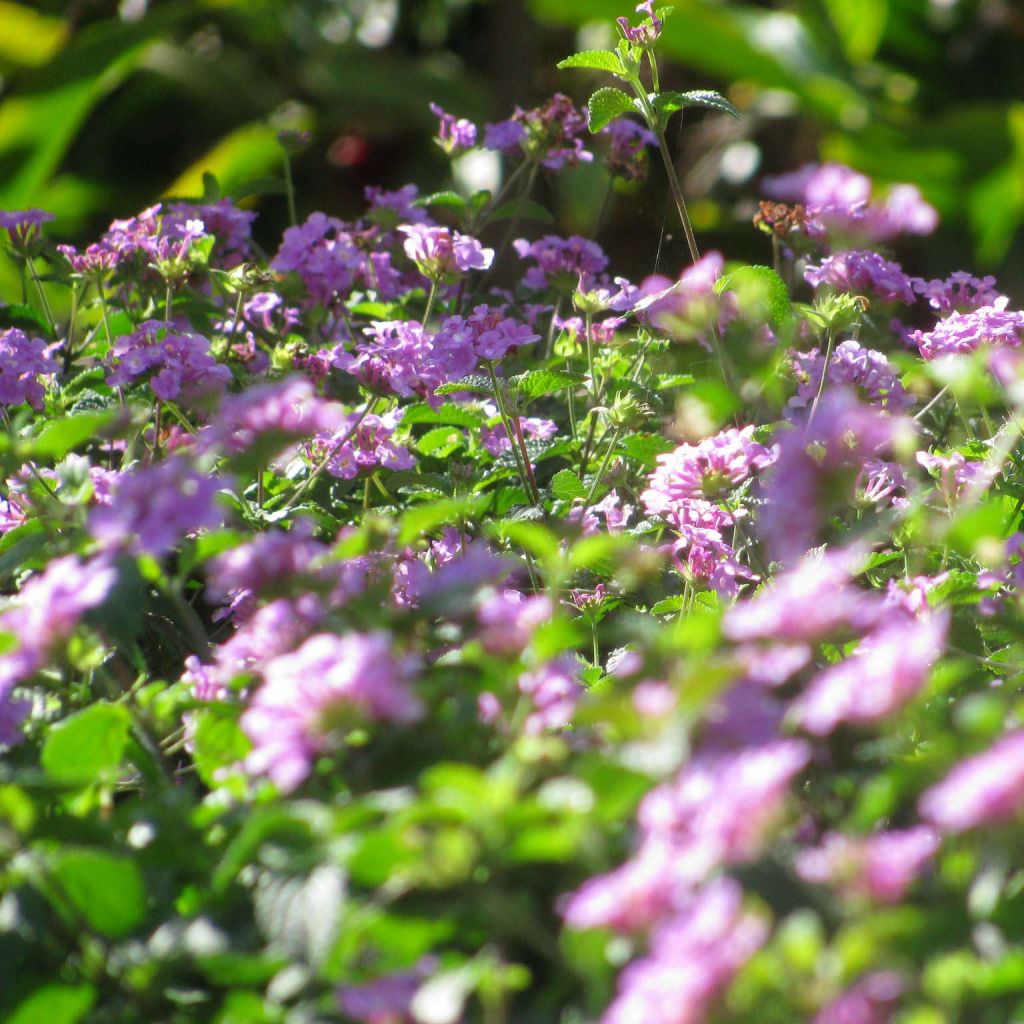

Lantana montevidensis Mauve - Lantanier rampant.
Lantana montevidensis Mauve
Lantana montevidensis Mauve
Trailing Lantana, Weeping Lantana, Creeping Lantana
Very pretty young plant, I brought back seeds of Lantana montevidensis from Spain in 2021 that I sowed at the beginning of 2022, a lot of patience and I saw the first plants emerge in July. There are a total of 26, they are about 3cm (1in) in size. This year, I brought back a lot of seeds from Andalusia of bushes in all colors, which I sowed in the greenhouse in early September. Now I'm waiting, the soil is still moist and the seeds have swollen.
FRED, 26/10/2022
Special offer!
Receive a €20 voucher for any order over €90 (excluding delivery costs, credit notes, and plastic-free options)!
1- Add your favorite plants to your cart.
2- Once you have reached €90, confirm your order (you can even choose the delivery date!).
3- As soon as your order is shipped, you will receive an email containing your voucher code, valid for 3 months (90 days).
Your voucher is unique and can only be used once, for any order with a minimum value of €20, excluding delivery costs.
Can be combined with other current offers, non-divisible and non-refundable.
Why not try an alternative variety in stock?
View all →This plant carries a 24 months recovery warranty
More information
We guarantee the quality of our plants for a full growing cycle, and will replace at our expense any plant that fails to recover under normal climatic and planting conditions.

Would this plant suit my garden?
Set up your Plantfit profile →
Description
The Lantana montevidensis (syn. sellowiana) 'Mauve', is a recent variety of creeping Lantana selected for its more colourful inflorescences than those of the type. This small bush with a spreading and bushy habit is capable of flowering almost all year round in a very mild climate, or from spring until the end of summer anywhere else. It covers walls with umbels of mauve flowers with a red heart, whose centre turns to yellow at ripeness, in elegant draperies. Its foliage, aromatic, evergreen in a mild climate, takes on a beautiful purplish hue under the effect of the cold. More hardy than the Lantana camara, with a colour that is easier to match in the garden, this plant will flourish in the open ground in a rockery or above a wall, in a Mediterranean or mild oceanic climate.
The Lantana sellowiana is a bush from the verbena family, just like the perennial vervains. It is native to South America. It is a spreading shrub composed of multiple flexible stems that intertwine into a dense mass perfect for covering the soil. It will reach about 60cm (23.6 in) in height and 1m 20 in wingspan. Its foliage, aromatic when crushed, is evergreen under a mild climate and in a greenhouse. It is made up of thick, rough, satin, quite dark green, dentate and slightly waffled leaves, truncate at the base, narrower at the top. In spring or at the beginning of summer, its beautiful flowering starts: grouped in 3cm (1.2 in) umbels, the small tubular flowers of this 'Mauve' variety form a round bouquet with a changing colour. Each one blooms in mauve with a small pink-red centre, then takes on a beautiful lighter hue at ripeness with a medium yellow heart. They have a pleasant, slightly lemony scent, and are highly nectariferous and melliferous.
Hardy up to zone 8, resistant to frosts of around -10°C (14 °F), or even more, in drained soil, once well established, the Lantana montevidensis 'Mauve' can be planted in the open ground and stay there all year round, as it is not very demanding about the nature of the soil. It is indeed in the garden that it will be the happiest, even in a somewhat arid situation. It can be associated in a very drained massif with exotic perennials like the Hesperaloe parviflora and the Epilobium canum 'Western Hills', or other small flowering bushes like the Helianthemum, bushy pinks, lavenders, cistus, or Salvia greigii. In cold regions, this plant is grown in pots or planters and will require much more regular watering. The 'Mauve' Lantana elegantly matches in a rockery with the white flowers of the Iberis sempervirens, or blue ones like those of the perennial flaxes, aubrietes, wall bellflowers or the creeping Plumbago. It can also be planted at the front of a mass of agapanthus, Callistemons or gauras in a fairly dry situation. Also take advantage of its creeping branches that spread as ground cover, and can easily fall over a wall.
Report an error about the product description
Lantana montevidensis Mauve in pictures


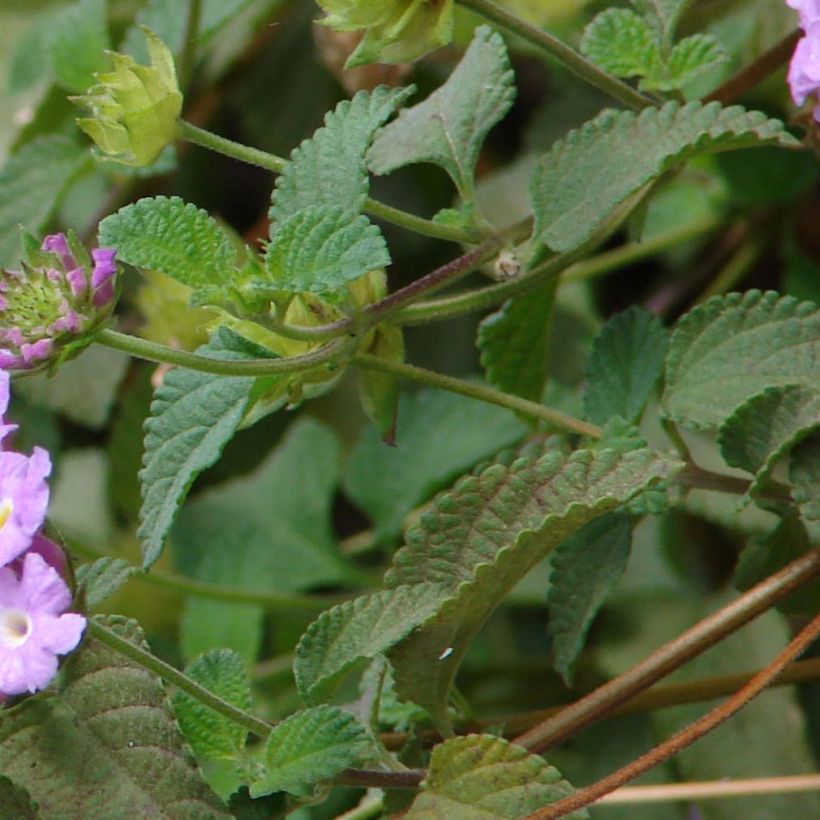

Plant habit
Flowering
Foliage
Botanical data
Lantana
montevidensis
Mauve
Verbenaceae
Trailing Lantana, Weeping Lantana, Creeping Lantana
Cultivar or hybrid
Other Shrubs A to Z
View all →Planting and care
Provide the Lantana montevidensis with a well-sunlit situation all year round. If in the summer this plant tolerates heat and drought once established, it needs coolness in the winter. It is still frost-sensitive in cold regions, particularly in heavy soil, retaining water, where it will need to be stored during the winter period; a bright cold greenhouse or an unheated veranda will suit perfectly. In March, proceed with the spring pruning to reshape and densify the plant. In cold regions, as soon as temperatures warm up, take it out by gradually acclimating it to the coolness and full sun. In the open field, offer it a very well-drained soil, fertile enough to support its flowering. Lighten your soil as needed by incorporating coarse sand and light compost. The creeping Lantana tolerates the presence of limestone in the soil well.
The 'Mauve' Lantana montevidensis is a good ornamental plant for terraces and balconies. During the summer, remove the faded flowers as they occur. In October, bring it in or uproot it if you grow it as a conservatory plant.
The lantana is known for its resistance to summer drought in the open field; however, its pot culture requires regular watering to support flowering, more frequent in hot than cold seasons.
Propagation by cuttings of stems, after flowering.
Planting period
Intended location
Care
-
, onOrder confirmed
Reply from on Promesse de fleurs
Similar products
Haven't found what you were looking for?
Hardiness is the lowest winter temperature a plant can endure without suffering serious damage or even dying. However, hardiness is affected by location (a sheltered area, such as a patio), protection (winter cover) and soil type (hardiness is improved by well-drained soil).

Photo Sharing Terms & Conditions
In order to encourage gardeners to interact and share their experiences, Promesse de fleurs offers various media enabling content to be uploaded onto its Site - in particular via the ‘Photo sharing’ module.
The User agrees to refrain from:
- Posting any content that is illegal, prejudicial, insulting, racist, inciteful to hatred, revisionist, contrary to public decency, that infringes on privacy or on the privacy rights of third parties, in particular the publicity rights of persons and goods, intellectual property rights, or the right to privacy.
- Submitting content on behalf of a third party;
- Impersonate the identity of a third party and/or publish any personal information about a third party;
In general, the User undertakes to refrain from any unethical behaviour.
All Content (in particular text, comments, files, images, photos, videos, creative works, etc.), which may be subject to property or intellectual property rights, image or other private rights, shall remain the property of the User, subject to the limited rights granted by the terms of the licence granted by Promesse de fleurs as stated below. Users are at liberty to publish or not to publish such Content on the Site, notably via the ‘Photo Sharing’ facility, and accept that this Content shall be made public and freely accessible, notably on the Internet.
Users further acknowledge, undertake to have ,and guarantee that they hold all necessary rights and permissions to publish such material on the Site, in particular with regard to the legislation in force pertaining to any privacy, property, intellectual property, image, or contractual rights, or rights of any other nature. By publishing such Content on the Site, Users acknowledge accepting full liability as publishers of the Content within the meaning of the law, and grant Promesse de fleurs, free of charge, an inclusive, worldwide licence for the said Content for the entire duration of its publication, including all reproduction, representation, up/downloading, displaying, performing, transmission, and storage rights.
Users also grant permission for their name to be linked to the Content and accept that this link may not always be made available.
By engaging in posting material, Users consent to their Content becoming automatically accessible on the Internet, in particular on other sites and/or blogs and/or web pages of the Promesse de fleurs site, including in particular social pages and the Promesse de fleurs catalogue.
Users may secure the removal of entrusted content free of charge by issuing a simple request via our contact form.
The flowering period indicated on our website applies to countries and regions located in USDA zone 8 (France, the United Kingdom, Ireland, the Netherlands, etc.)
It will vary according to where you live:
- In zones 9 to 10 (Italy, Spain, Greece, etc.), flowering will occur about 2 to 4 weeks earlier.
- In zones 6 to 7 (Germany, Poland, Slovenia, and lower mountainous regions), flowering will be delayed by 2 to 3 weeks.
- In zone 5 (Central Europe, Scandinavia), blooming will be delayed by 3 to 5 weeks.
In temperate climates, pruning of spring-flowering shrubs (forsythia, spireas, etc.) should be done just after flowering.
Pruning of summer-flowering shrubs (Indian Lilac, Perovskia, etc.) can be done in winter or spring.
In cold regions as well as with frost-sensitive plants, avoid pruning too early when severe frosts may still occur.
The planting period indicated on our website applies to countries and regions located in USDA zone 8 (France, United Kingdom, Ireland, Netherlands).
It will vary according to where you live:
- In Mediterranean zones (Marseille, Madrid, Milan, etc.), autumn and winter are the best planting periods.
- In continental zones (Strasbourg, Munich, Vienna, etc.), delay planting by 2 to 3 weeks in spring and bring it forward by 2 to 4 weeks in autumn.
- In mountainous regions (the Alps, Pyrenees, Carpathians, etc.), it is best to plant in late spring (May-June) or late summer (August-September).
The harvesting period indicated on our website applies to countries and regions in USDA zone 8 (France, England, Ireland, the Netherlands).
In colder areas (Scandinavia, Poland, Austria...) fruit and vegetable harvests are likely to be delayed by 3-4 weeks.
In warmer areas (Italy, Spain, Greece, etc.), harvesting will probably take place earlier, depending on weather conditions.
The sowing periods indicated on our website apply to countries and regions within USDA Zone 8 (France, UK, Ireland, Netherlands).
In colder areas (Scandinavia, Poland, Austria...), delay any outdoor sowing by 3-4 weeks, or sow under glass.
In warmer climes (Italy, Spain, Greece, etc.), bring outdoor sowing forward by a few weeks.































